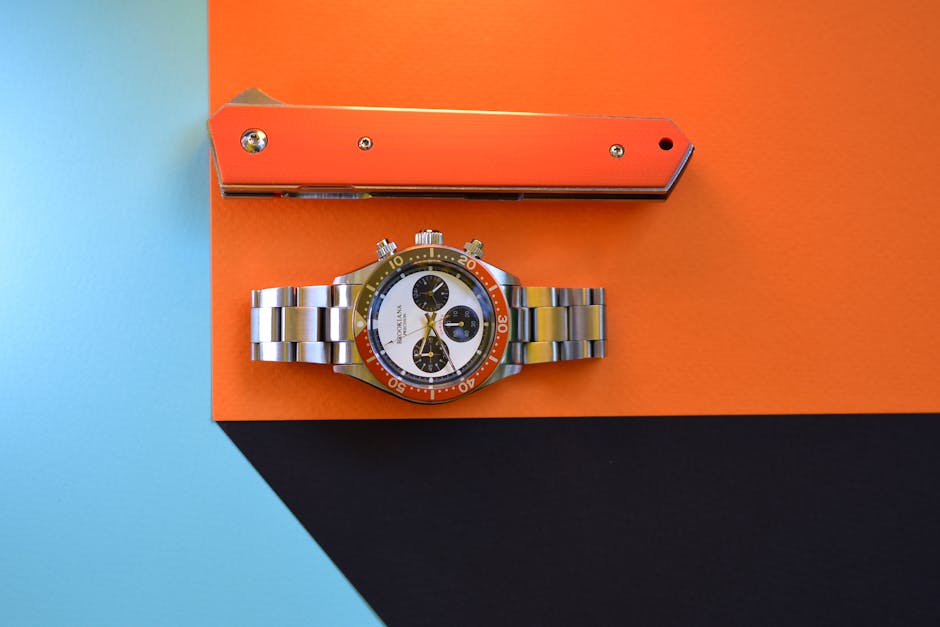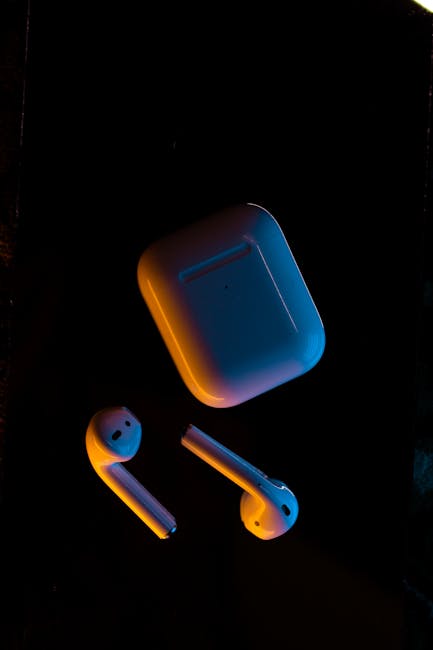The Unseen Power of Micro-Interactions in Digital Design
Published on October 1, 2023 • 5 min read

In the rapidly evolving landscape of digital design, we often focus on grand visuals and comprehensive layouts. However, the true magic lies in the subtle details that most users don't consciously notice—micro-interactions.
These tiny animations and feedback mechanisms create an emotional connection between the user and the interface. When a button subtly changes color on hover, when a form field shakes gently on incorrect input, or when a loading spinner entertains during wait times—these moments build trust and satisfaction.
Why Micro-Interactions Matter More Than Ever

In an age where attention spans are shrinking, micro-interactions serve as crucial engagement tools. They provide immediate feedback, guide users through processes, and make digital experiences feel more human. For social media professionals and designers, understanding these nuances can transform good content into exceptional experiences.
Consider Instagram's heart animation when you double-tap a photo, or the satisfying pull-to-refresh motion in many apps. These aren't just decorative elements—they're carefully crafted psychological triggers that enhance user retention and satisfaction.
Implementing Effective Micro-Interactions
Successful micro-interactions follow three key principles: purpose, subtlety, and consistency. Each animation should serve a clear function, be subtle enough not to distract, and maintain consistency with your brand's overall aesthetic.
For Canadian designers looking to stand out in the competitive digital market, mastering micro-interactions could be your secret weapon. They demonstrate attention to detail and user-centric thinking—qualities that clients and employers increasingly value.
Key Takeaways
- Micro-interactions enhance user experience through subtle feedback
- They build emotional connections and improve engagement
- Consistency and purpose are crucial for effective implementation
- These details can differentiate Canadian designers in competitive markets


